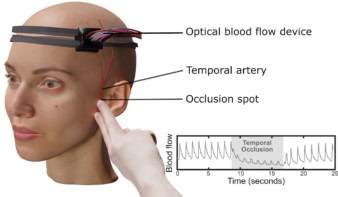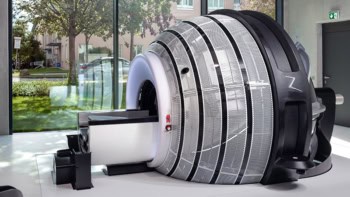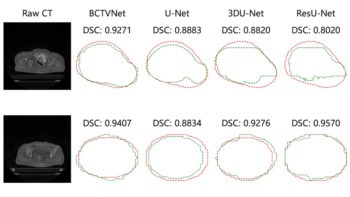Researchers at DESY in Germany have confirmed theoretical predictions that an intense x-ray pulse can be used to obtain an image of a single object such as a virus or biological cell. The work was done using the FLASH x-ray free electron laser and opens the door to a new technique for atomic-scale imaging that could give biologists their first glimpses of living cells that are so tiny that they cannot be seen with a microscope (Nature Physics AOP doi: 10.1038/nphys461).

Many biological cells are too small to be studied with an optical microscope and higher-resolution techniques such as x-ray diffraction and electron microscopy cannot be readily adapted to study living cells. In 2000 the biophysicist and FLASH collaboration co-leader Janos Hajdu proposed a new way of imaging living cells and other small biological particles by using the diffraction pattern from an ultrashort and extremely intense x-ray laser pulse.
Hajdu told Physics Web that a key benefit of the technique is that (unlike traditional diffractive imaging) it does not require multiple versions of the particle to be arranged in a periodic lattice – something that cannot be done with living cells and some viruses. Hajdu who has a joint appointment between Sweden’s Uppsala University and the Stanford Linear Accelerator believes that the technique could revolutionize the study of extremely small single-cell organisms such as picoplankton, which can be less than 500 nm in size and therefore much too small to be observed by an optical microscope.
FLASH researchers aimed an extremely short (25 fs) and intense x-ray pulse at a semiconductor structure that was several micrometres in size. The resultant diffraction pattern of scattered x-rays was captured just femtoseconds before the pulse destroyed the structure. An image of the structure was then computer-generated from the diffraction pattern.
The experiment used “soft” x-rays at 32 nm wavelength to yield an image with a spatial resolution of 62 nm. This is much too large for studying viruses and other small particles. To do true atomic-scale measurements, researchers will have to wait until “hard” x-rays with wavelengths less that one nanometre become available in August 2008. This is when the Linac Coherent Light Source (LCLS) opens at the Stanford Linear Accelerator Centre in the US. FLASH researchers are now doing further work in Hamburg that will help them design experiments for the LCLS. Plans are also underway to open a next-generation hard x-ray laser in Hamburg in 2013.
Originally called the Vacuum Ultraviolet Free-Electron Laser when it opened in 2005 in Hamburg, the DESY facility was renamed FLASH earlier this year. It is currently the only x-ray laser capable of delivering such short and intense soft x-ray pulses. Unlike traditional lasers, which exploit interactions between atoms and light, FLASH is an linear electron accelerator fitted with an undulator that causes very fast moving electrons to wiggle back and forth across their trajectory. The acceleration associated with this wiggling motion causes the electrons to emit highly coherent UV or x-ray light.




